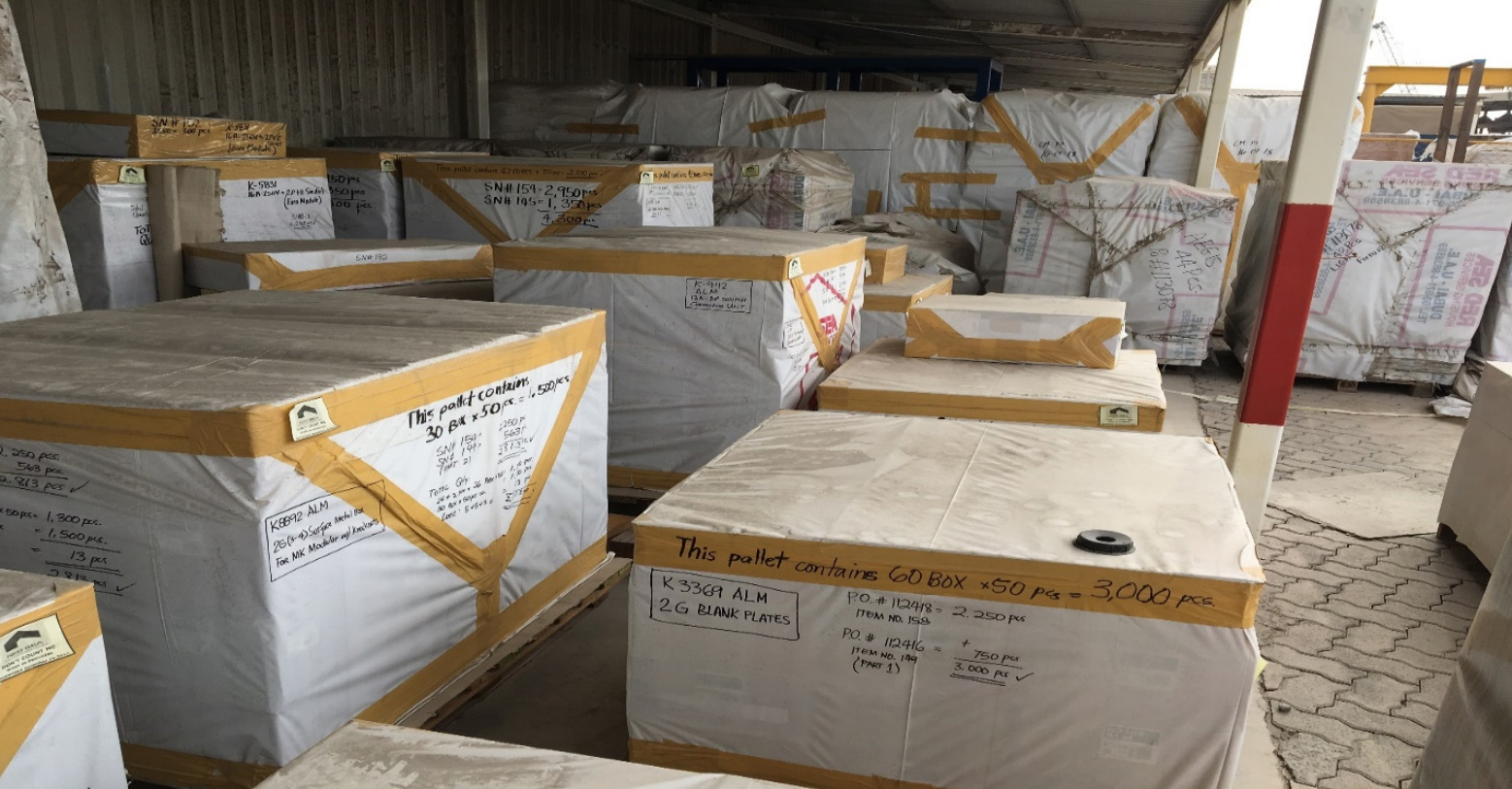State Department wasted $100M on Afghan camp despite early warnings: Report
The plan was to rebuild Camp Eggars, but three years later, only bills mounted.
The U.S. State Department spent over three years and more than $100 million on a project to rebuild a base in Afghanistan that was never rebuilt, even though the department was warned it was a bad idea from the start, according to an incisive new government watchdog report.
The report, published online by the State Department's inspector general Tuesday, rapped the department for rushing through a plan in 2014 to reconstruct the government's Camp Eggars in Kabul, Afghanistan, using a defense contracting company that had never taken on such a construction project. The department had hired a consultant to review the project but then dismissed the consultant’s early warnings about issues it foresaw early on.
"As a result, there were a series of cascading problems," the report says. “This led to the expenditures of $103.2 million without any discernible benefit to the Department or to the people it intended to protect.”

The inspector general concedes that the State Department was trying to work as quickly as possible with few options in the midst of a deteriorating security situation, but says the department was in such a rush that it failed to keep the project on track and failed to hold the primary contractor, Aegis Defense Services, accountable. The inspector general undertook the review of the project after the State Department's deputy secretary requested it do so last year. A spokesperson for GardaWorld Federal Services, which does some U.S. government business as Aegis since its parent company bought Aegis in 2015, did not respond to a request for comment for this report.
The original plan, hatched in the summer of 2014, was to rebuild Camp Eggars in order to house security personnel much closer to the U.S. Embassy in Kabul. Kabul had become more dangerous after the U.S. drawdown in 2014, and officials feared the security personnel, then based two miles away, lived too far from the people they were meant to protect.
But the State Department office that usually handles large construction projects was unable to take on the job, so the department instead modified a government contract meant primarily for security services to include the reconstruction. So Aegis, which previously focused on providing protection for American personnel, attempted to take on the reconstruction itself with the help of construction-focused subcontractors.
That meant that a State Department office unfamiliar with the demands of large construction projects was working with a company with little experience of its own in that area, the report says.
Problems began “almost immediately,” and, coupled with changes the State Department wanted to make as the project progressed, eventually the estimated overall price tag grew to more than $300 million, the report says. In an example of the waste, the report said millions were spent on construction materials, but delays in the project meant they had to be stored elsewhere for long periods of time at additional cost – more than $22 million in all.
The State Department finally gave up in December 2016, with an estimated 10 percent of the construction actually completed.
The inspector general made three recommendations to the State Department to improve its policies related to such warzone construction projects, but the State Department disagreed with two of them, maintaining that the Camp Eggars project presented “very unique circumstances.” The department said it would review the Camp Eggars project, however, to determine “whether the decision to expend the amount cited was necessary or reasonable.”




